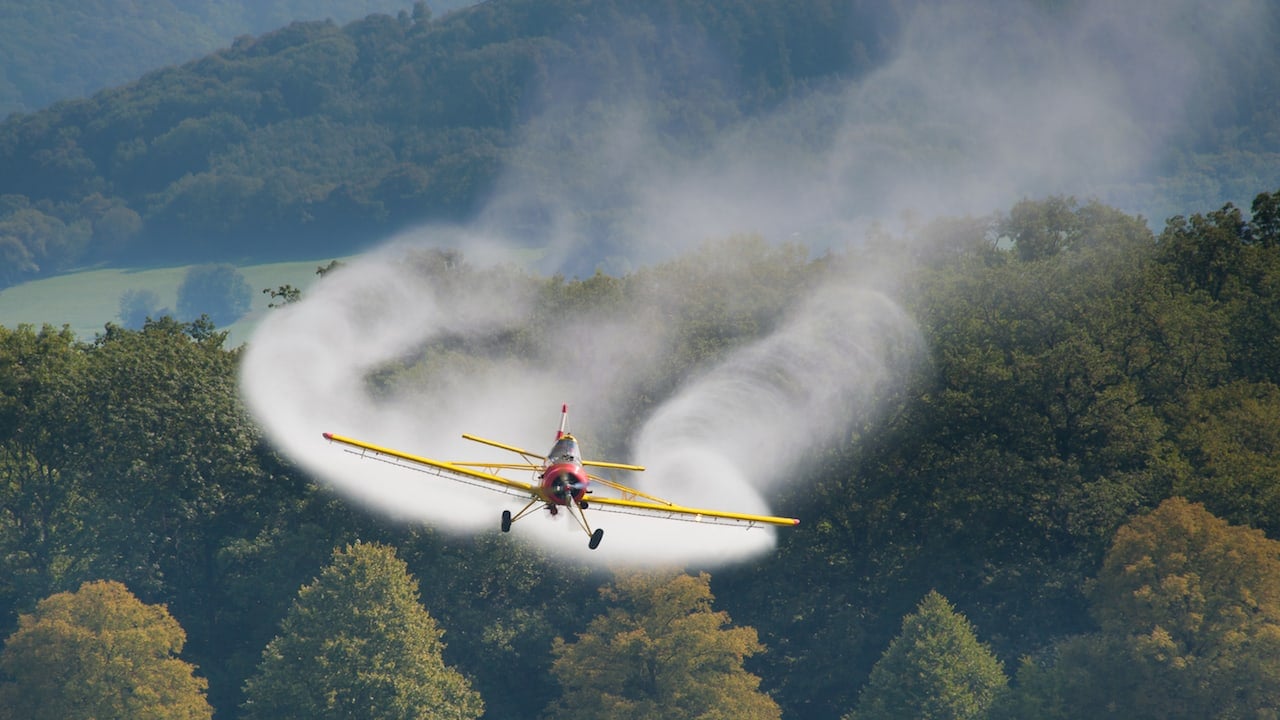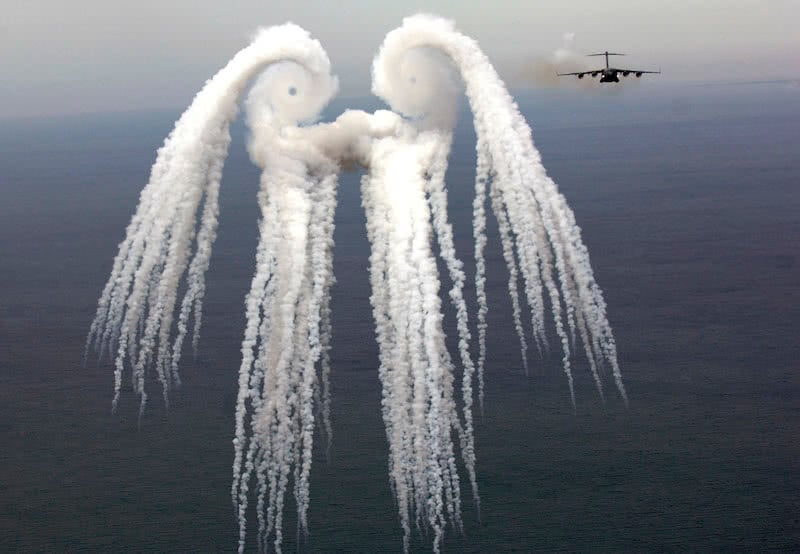There are several techniques to avoid wake turbulence. The first, and most obvious, is separation between aircraft.
At airports, air traffic controllers know the minimum separations between aircraft due to wake turbulence, which are based on the time it takes for the wake to dissipate. In turn, separation times are estimated based on the size of the aircraft and the take-off or landing position.
For take-offs, it is advisable to rotate beyond the point where the previous aircraft landed, while for landings, it is better to take off further than the previous aircraft, as once the aircraft touches down, the wake disappears.
The other technique for avoiding the turbulent wake, this time in flight, is to stay above the path of the preceding aircraft and to the side the wind is blowing.




